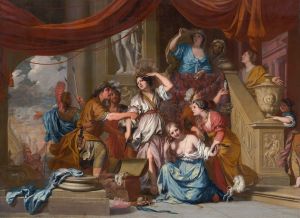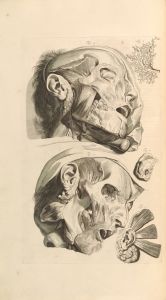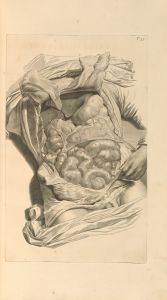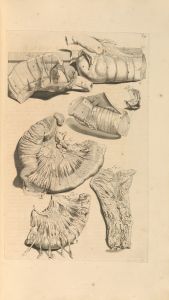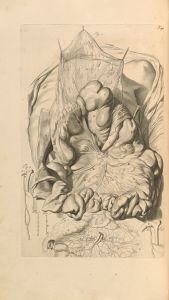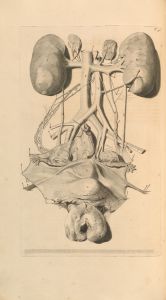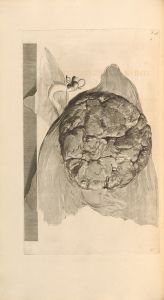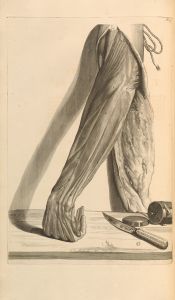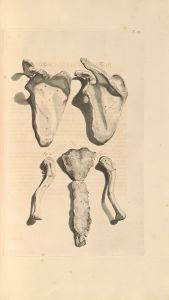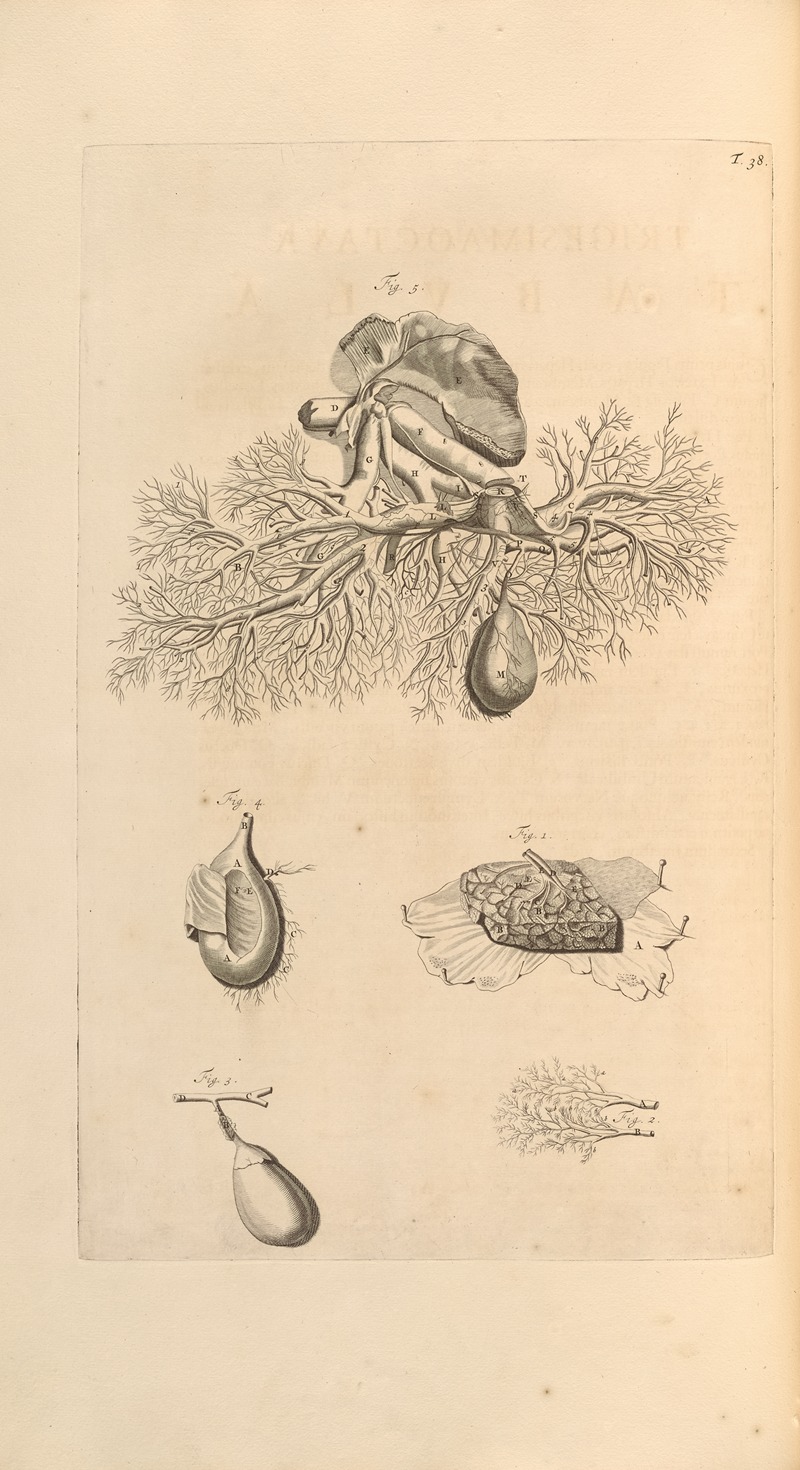
Anatomia humani corporis Pl.039
A hand-painted replica of Gerard de Lairesse’s masterpiece Anatomia humani corporis Pl.039, meticulously crafted by professional artists to capture the true essence of the original. Each piece is created with museum-quality canvas and rare mineral pigments, carefully painted by experienced artists with delicate brushstrokes and rich, layered colors to perfectly recreate the texture of the original artwork. Unlike machine-printed reproductions, this hand-painted version brings the painting to life, infused with the artist’s emotions and skill in every stroke. Whether for personal collection or home decoration, it instantly elevates the artistic atmosphere of any space.
Anatomia humani corporis Pl.039 by Gerard de Lairesse
"Anatomia humani corporis Pl.039" is an anatomical illustration created by the Dutch artist Gerard de Lairesse (1640–1711). This artwork is part of the seminal anatomical atlas Anatomia Humani Corporis (1685), authored by the Dutch anatomist Govard Bidloo (1649–1713). The atlas, which contains 105 detailed plates, was a groundbreaking publication in the late 17th century, combining scientific precision with artistic mastery.
Gerard de Lairesse, a prominent painter and illustrator of the Dutch Golden Age, was commissioned to create the illustrations for Bidloo's atlas. Known for his classical style and expertise in depicting human figures, de Lairesse brought a unique artistic sensibility to the anatomical drawings. Plate 039, like the other illustrations in the atlas, depicts the human body with meticulous attention to detail, showcasing the internal structures and organs in a way that was both scientifically accurate and visually compelling.
The illustrations in Anatomia Humani Corporis were based on dissections conducted by Govard Bidloo. De Lairesse translated these dissections into highly detailed copperplate engravings, which were then printed for the atlas. The collaboration between Bidloo and de Lairesse marked a significant advancement in the field of medical illustration, as it combined the expertise of a skilled anatomist with the artistic talents of a master painter.
The publication of Anatomia Humani Corporis was a major event in the history of anatomy and medical education. However, the atlas was not without controversy. Some critics argued that the illustrations were overly artistic and lacked the clarity needed for medical study. Despite this, the work remains an important historical document, reflecting the intersection of art and science during the Dutch Golden Age.
Plate 039, like the other plates in the atlas, is notable for its dramatic composition and lifelike representation of the human body. De Lairesse's use of light and shadow, as well as his attention to anatomical accuracy, demonstrates his skill as both an artist and an observer of the human form. The plate continues to be studied and appreciated for its historical and artistic significance.
Today, Anatomia Humani Corporis and its illustrations, including Plate 039, are considered masterpieces of anatomical art. They provide valuable insights into the scientific and artistic practices of the 17th century and remain a testament to the collaboration between Gerard de Lairesse and Govard Bidloo.





